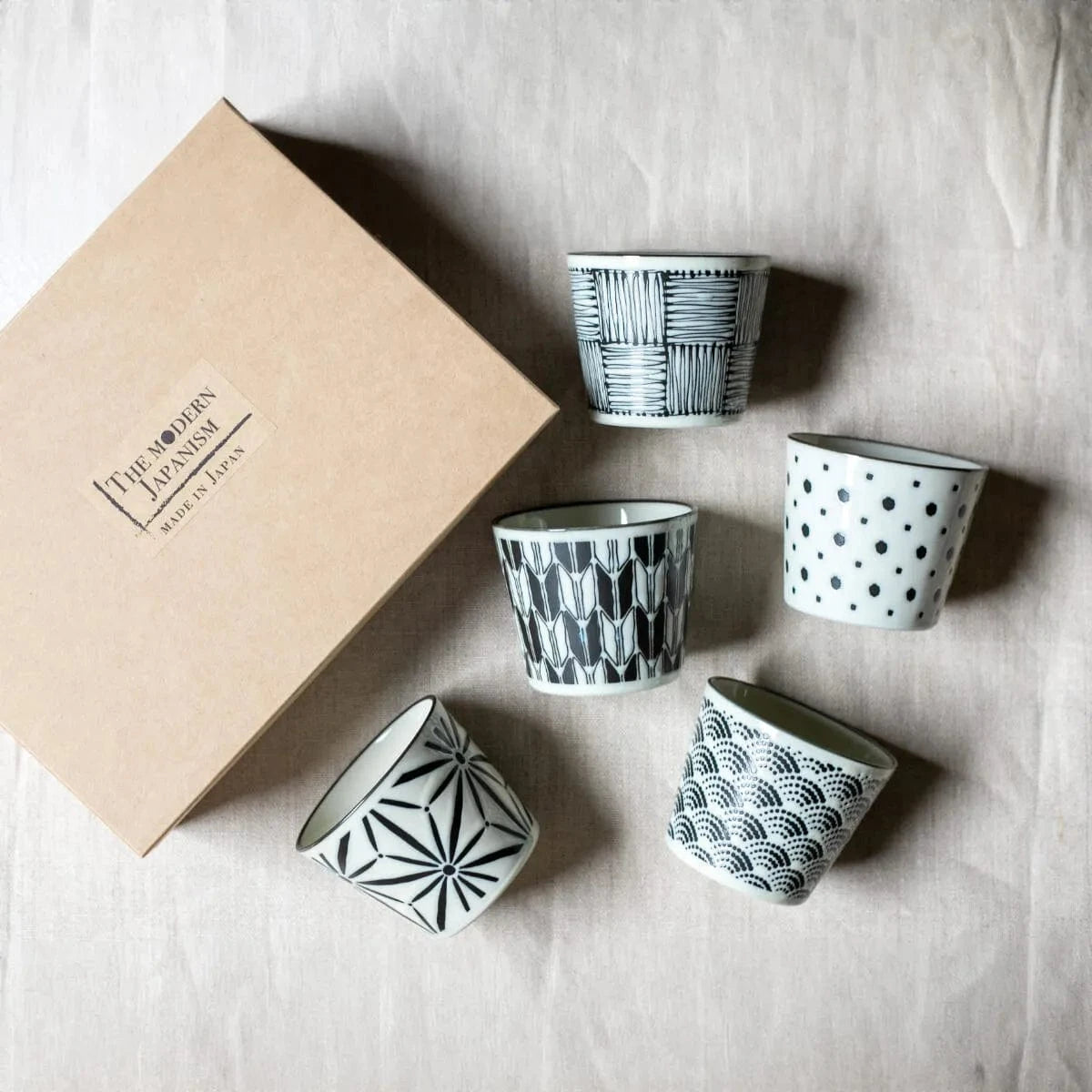
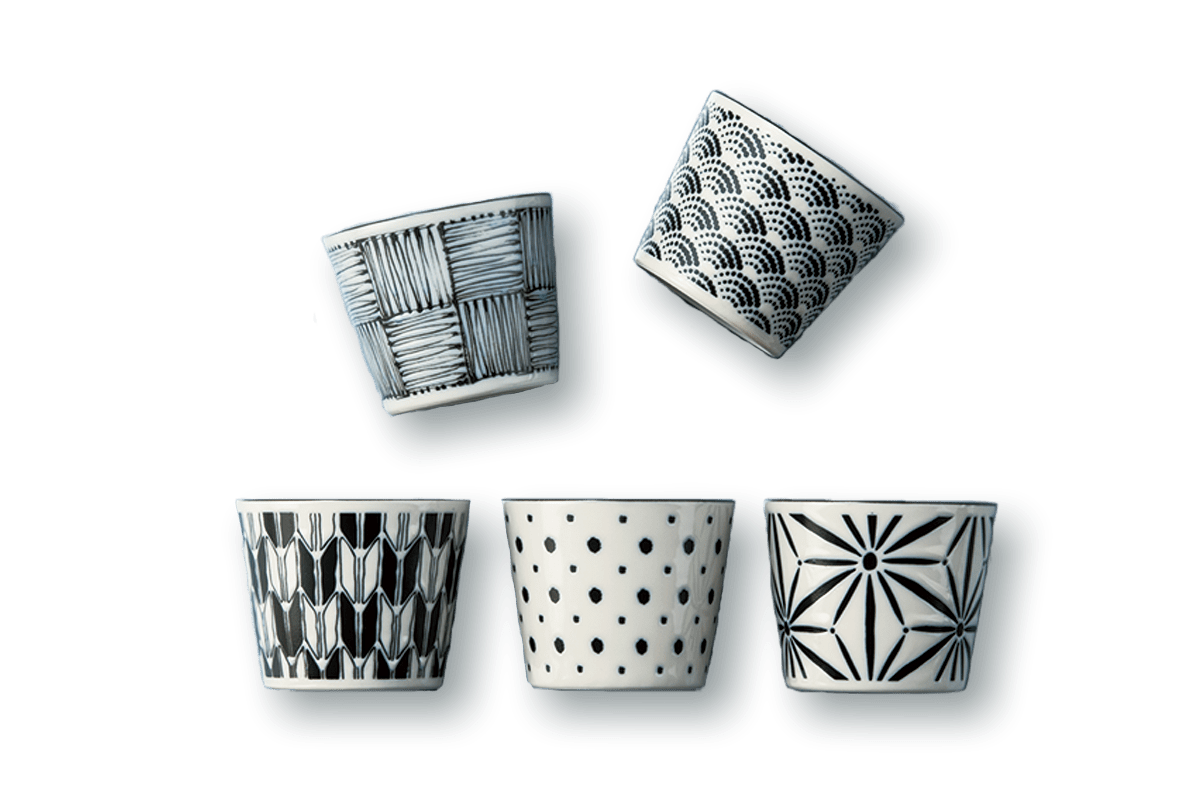
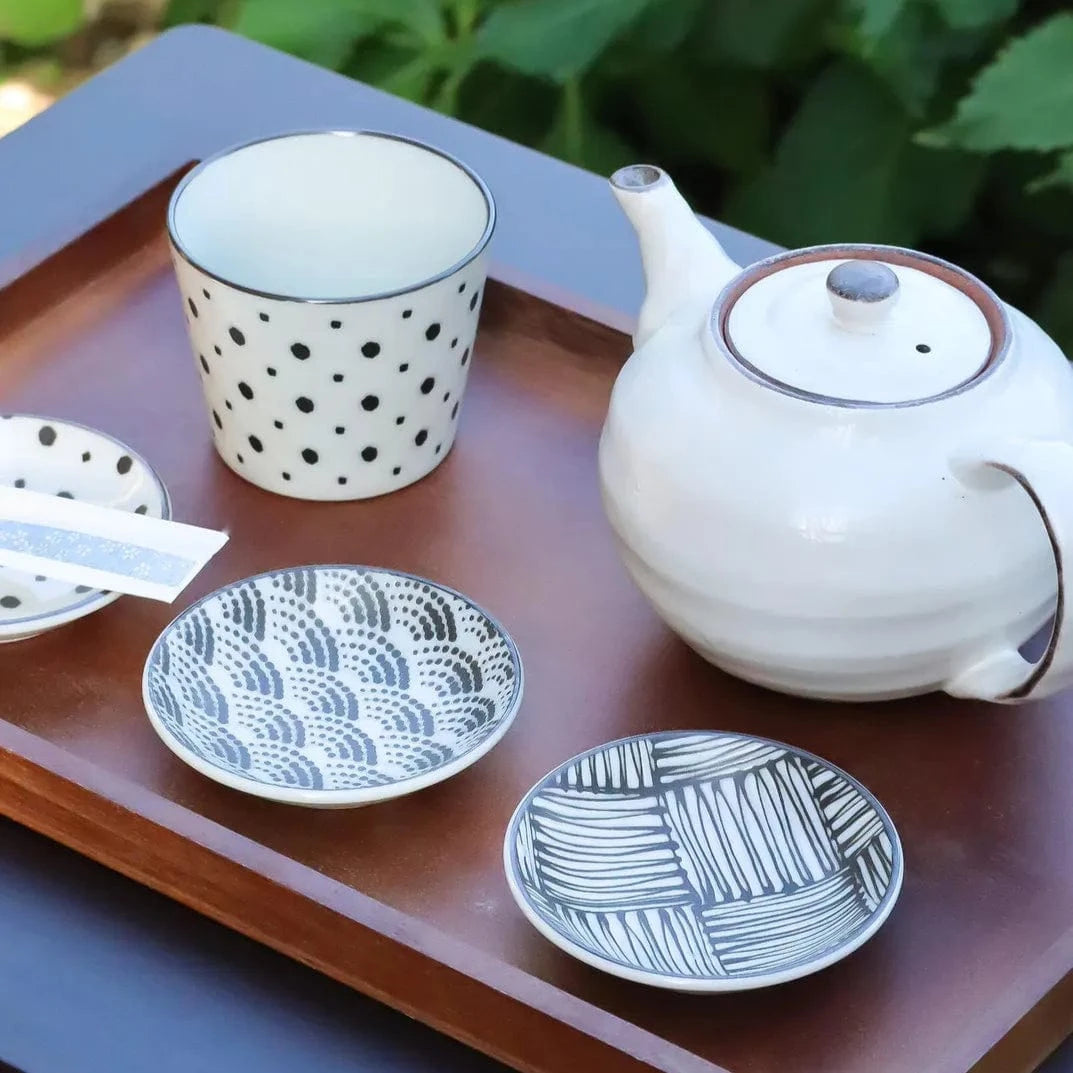
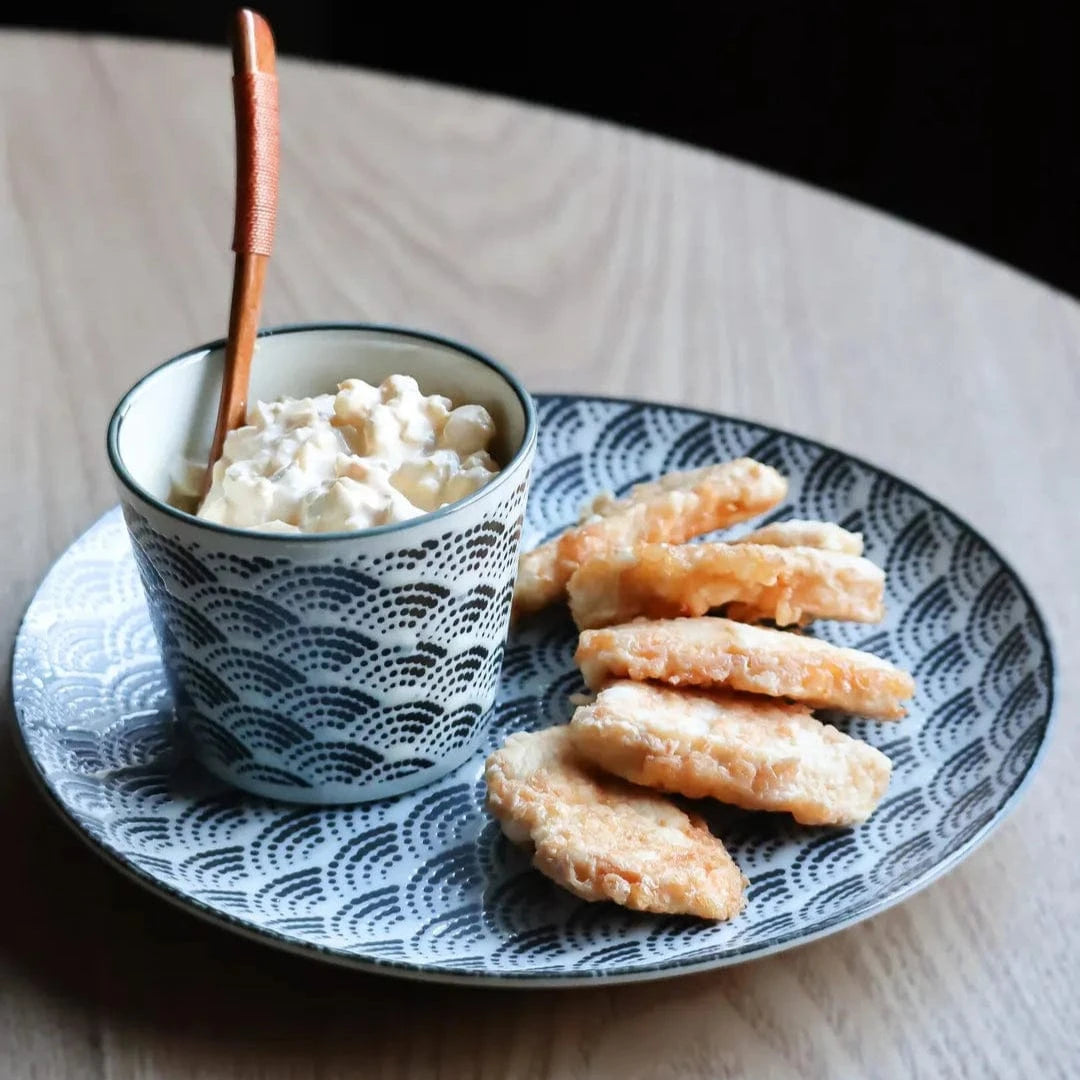
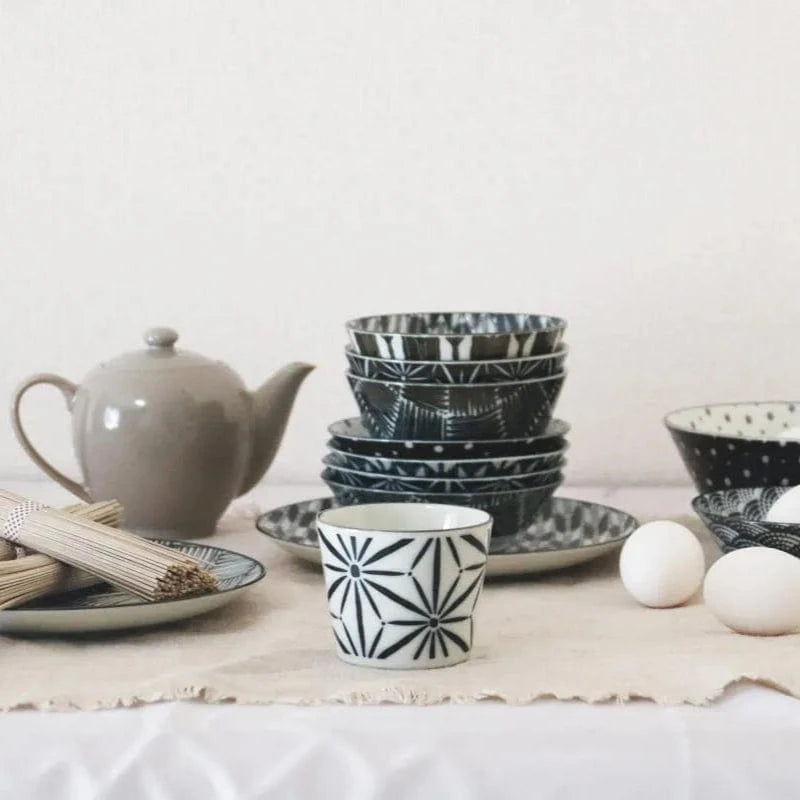
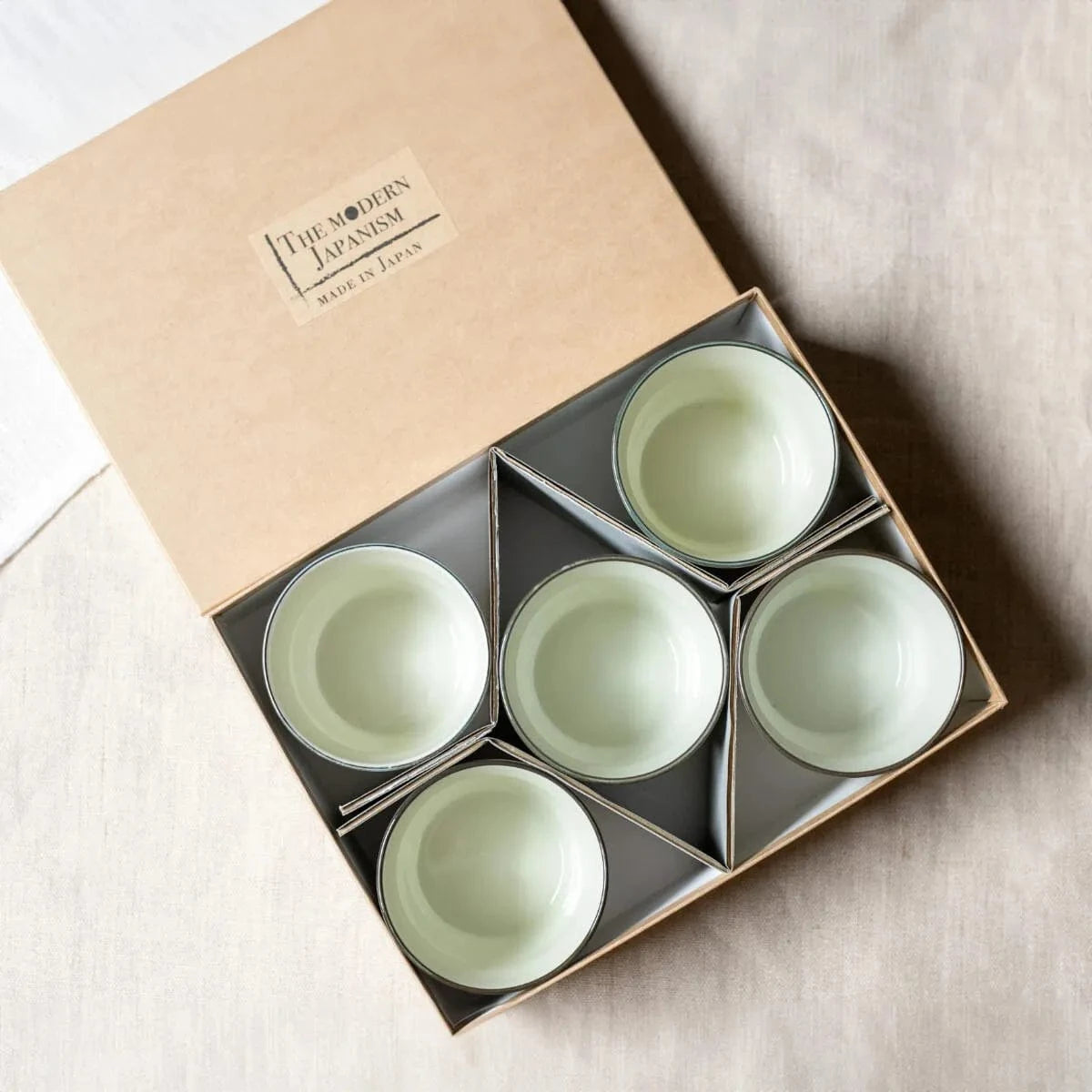
Komon Soba Cup Set (5 pieces)
Fast & Secure Delivery from Japan to your Door [Shipping Policy]
Shop Safely with Encrypted Checkout and Verified Gateways.

Komon Soba Cup Set (5 pieces)
If you have any questions, you are always welcome to contact us. We'll get back to you as soon as possible, within 24 hours on weekdays.
-
Shipping Information
Use this text to answer questions in as much detail as possible for your customers.
-
Customer Support
Use this text to answer questions in as much detail as possible for your customers.
-
FAQ’s
Use this text to answer questions in as much detail as possible for your customers.
-
Contact Us
Use this text to answer questions in as much detail as possible for your customers.
Komon Soba Cup Set – Refined Tradition in Every Sip
Elevate your table with the Komon Soba Cup Set—a refined blend of traditional design and everyday versatility. This set includes five porcelain cups, each adorned with a different Komon pattern, from classic basket weaves to fan-shaped seigaiha. These motifs, long cherished in Japanese culture, symbolize harmony, good fortune, and craftsmanship.
Each cup holds 6.8 fl oz (200 ml) and measures 3.1 × 2.8 in (φ80 × 70 mm), making them the perfect size not only for soba dipping sauce, but also for serving tea, espresso, sake, or even small side dishes and desserts. The smooth glazed finish enhances the crisp black-and-white patterns while making the cups easy to clean and comfortable to hold.
Made in Japan, this set is a celebration of thoughtful artistry and function. Whether used at the table or gifted in its elegant rigid box, it adds a touch of modern Japanism to any home.
The Symbolism Behind Each Plate
Every plate in the KOMON set is more than just a vessel—it’s a story passed down through generations, etched in porcelain.
-
Asanoha (Hemp Leaf)
Representing strength, resilience, and protection, this ancient motif was traditionally used in children’s kimono to ward off evil and promote healthy growth. -
Yabane (Arrow Feather)
A symbol of commitment and forward momentum. Historically associated with marriage, it embodies the idea of never turning back—like an arrow once released. -
Seigaiha (Blue Ocean Waves)
A wish for eternal peace and prosperity. The repeating wave pattern evokes the vast, calm sea and the rhythmic harmony of life. -
Ichimatsu (Checkerboard)
This bold geometric design dates back to the Edo period and symbolizes continuity and prosperity. It was popularized by Kabuki actor Sanogawa Ichimatsu. -
Mame-Shibori (Bean Dots)
Cheerful and playful, this pattern has long been used in everyday textiles and hand towels. The dotted motif is a symbol of joy and liveliness.
Each design connects the beauty of daily life with centuries of Japanese tradition—bringing meaning, style, and intention to every meal you serve.
Product Information
Care instructions
Note
FAQs
All you need to know about Japanese Pottery.
What types of traditional pottery are made in Japan?
Japan is home to several renowned pottery styles, including Mino ware (Gifu), Bizen ware (Okayama), Arita and Imari ware (Saga), Shigaraki ware (Shiga), and Mashiko ware (Tochigi). Each region has its own distinct materials, glazes, and firing techniques that reflect local history and aesthetics. Toki City in Gifu Prefecture is particularly renowned as the heart of Mino ware (Minoyaki)—the most widely produced pottery style in Japan.
What materials are used in artisan Japanese pottery?
Most artisan pottery in Japan is made from locally sourced clay, often mixed and refined by hand. Natural minerals and ash are used in glazes, and many pieces are wood-fired or fired in traditional climbing kilns (noborigama), producing unique surface textures and natural variations.
Are artisan Japanese pottery pieces safe for food use?
Yes. Authentic artisan pottery is made with food-safe, lead-free glazes and is carefully fired at high temperatures to ensure durability and safety. However, it's important to follow care instructions, especially for unglazed or porous ceramics.
What makes Japanese pottery different from Western ceramics?
Japanese pottery often emphasizes wabi-sabi—the beauty of imperfection—resulting in organic shapes, subtle asymmetry, and natural glazes. Unlike Western ceramics, which may prioritize uniformity, Japanese pieces often celebrate the individuality of each item, reflecting the artist's hand and the firing process.
How should I care for artisan-made Japanese pottery?
Hand-wash pottery with mild soap and avoid extreme temperature changes (like placing hot items into cold water). Some unglazed pieces may absorb moisture, so allow them to fully dry before storing. Avoid microwaves or dishwashers unless the piece is specifically labeled as safe for such use.

